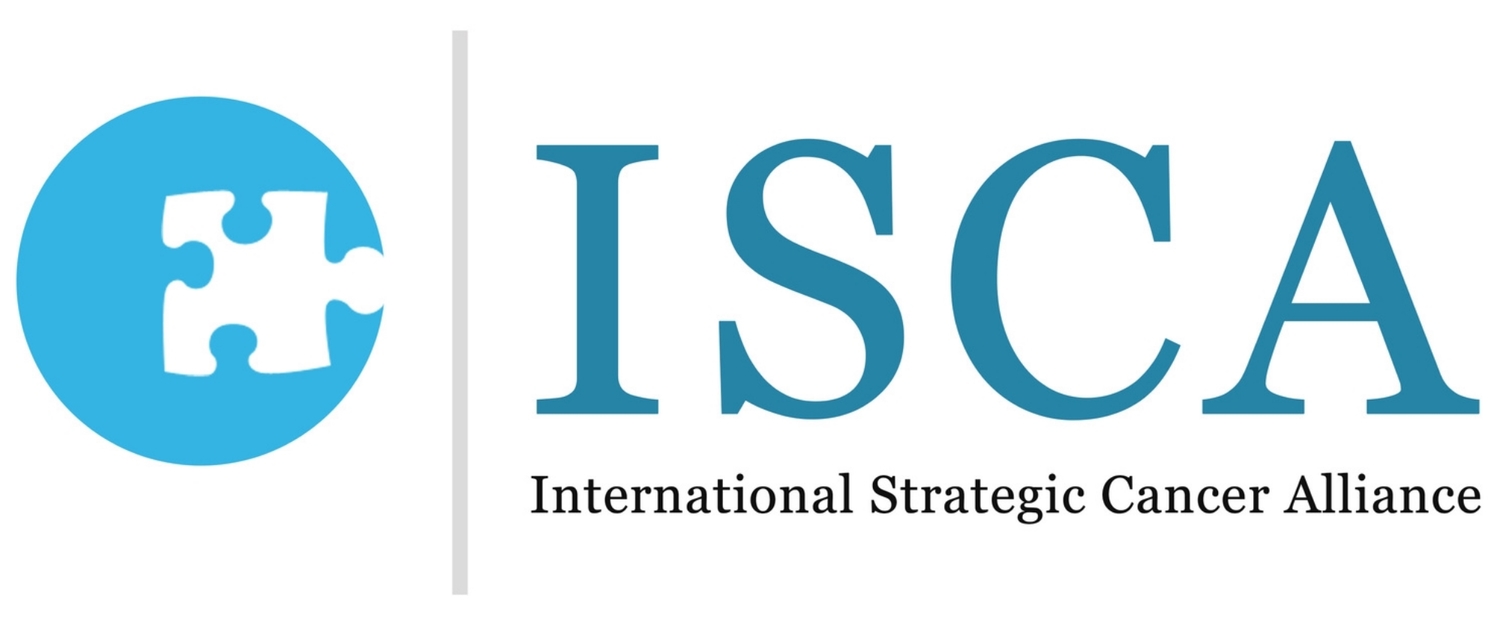By AP Medical Writer Lauran Neergaard – Wed Oct 7, 3:36 pm ET WASHINGTON – Estrogen fuels breast cancer yet doctors can't measure how much of the hormone is in a woman's breast without cutting into it. A Canadian invention might change that: A lab-on-a-chip that can do the work quickly with just the poke of a small needle.
Several years of study are needed before the experimental device could hit doctors' offices, but the research published Wednesday opens the tantalizing possibility of easy, routine monitoring of various hormones. Doctors could use it to see if breast cancer therapy is working, tell who's at high risk, or for other problems, such as infertility — maybe even prostate cancer.
"It's thought-provoking to think, 'What could I do with a tool like this?'" said Dr. Kelly Marcom, breast oncology chief at Duke University Medical Center, who wasn't involved with the new invention. "It opens up an avenue of investigation that without tools like this, you couldn't explore."
The University of Toronto researchers used a powerful new technology to measure tiny droplets of estrogen from samples at least 1,000 times smaller than today's testing requires. Called digital microfluidics, it uses electricity to separate and purify droplets of the hormone from a mix of other cells — all on the surface of a chip no bigger than a credit card.
"Droplets essentially can be made to dance across the surface," said University of Toronto engineer Aaron Wheeler, who co-invented the device and calls the project "the most fun I've had in science."
The research was published in a new journal, Science Translational Medicine.
Here's the problem: Scientists have long known that estrogen plays a role in many breast cancers. While hormone tests traditionally are done with blood, estrogen is particularly concentrated in breast tissue and breast cancer patients have much higher levels than other women. But measuring breast estrogen requires a fairly substantial biopsy, a painful and invasive procedure with its own risks. Then come hours of intense laboratory work to extract and purify the estrogen from the mishmash of other cells. So that breast-testing is hardly ever done.
If doctors had a way to easily monitor breast estrogen levels, they could track which cancer survivors are responding to widely used estrogen-blocking therapies — tamoxifen or drugs known as aromatase inhibitors — that aim to avoid a recurrence. They might even shed light on who's at high risk for developing cancer.
"The breast makes its own estrogen," explained Toronto gynecology specialist Dr. Noha Mousa. "We have solid evidence that measuring estrogen inside the breast is important. No. 1 is to see if these medications are working."
The Toronto team put the multi-step lab processing onto the surface of the new chip. Electrical currents move droplets around the chip, allowing solvents and other chemicals to dissolve a dried tissue sample and remove other biological substances until just droplets of estrogen are left. The team took small breast tissue samples — the amount pulled from a needle instead of an open biopsy — plus blood samples from two breast cancer patients, and reported that the chip allowed accurate estrogen measurement.
Next up: Mousa will use the technique to measure estrogen levels in a soon-to-start study of more than 200 Canadian women at high risk of getting breast cancer, who are testing whether taking those estrogen-blocking aromatase inhibitors for a year lowers their risk.
But the technology is applicable to more than breast cancer. Mousa points to infertile women who have large amounts of blood drawn several times a month to see if treatment is sparking ovulation, saying she's also testing whether the chip might substitute pinpricks of blood.

